A student presented on the following question: Should knowledge of brain development inform decisions about legal ages and/or public policy? She gave an overview of brain development in adolescence and the impact of pubertal changes on behavior. Then she discussed several topics such as whether the drinking age should be lowered (see this interesting debate in the NY Times); hot vs. cold cognition, and some of the papers by Steinberg on specific court cases and public policy; the role of peer influence, including work by Chein and colleagues; and the policy of graduated driver licensing programs.
We talked about the ways in which classrooms and schools do or do not match adolescents’ developmental stage, including both classic and recent work by Eccles and colleagues.
Next year I think I want to pull in homeschooling research. If you know of interesting research in this area, let me know.
“The post Last semester in Adolescent Development: Cognition & schools 2 first appeared on Eva Lefkowitz’s blog on November 22, 2015.”

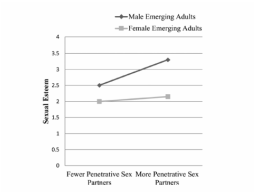
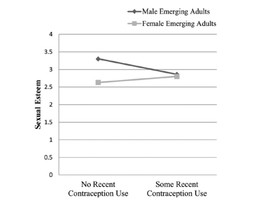
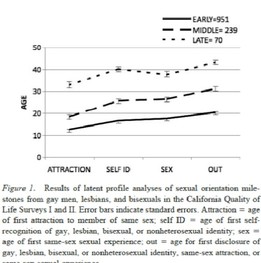
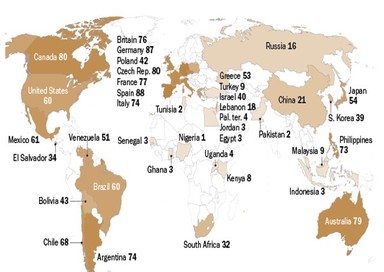
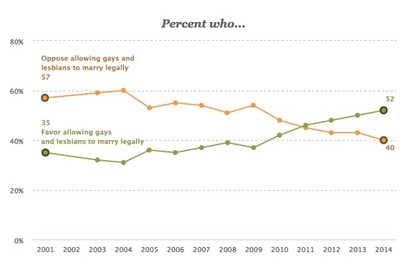
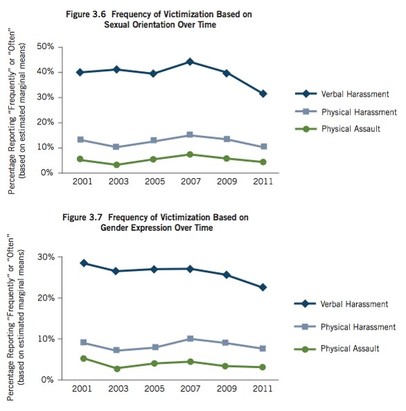
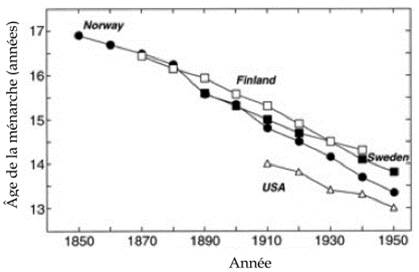
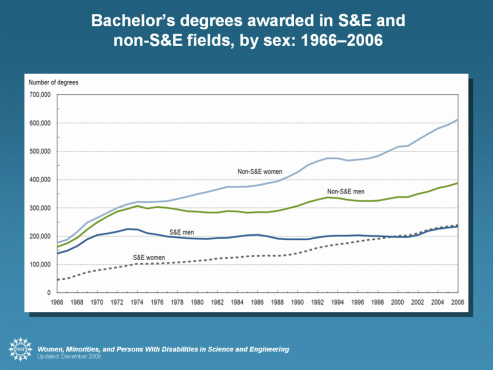
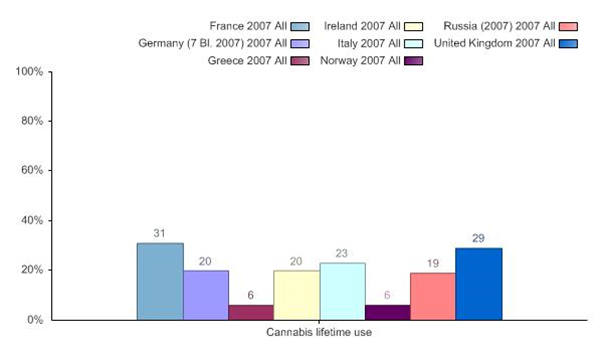
 RSS Feed
RSS Feed
